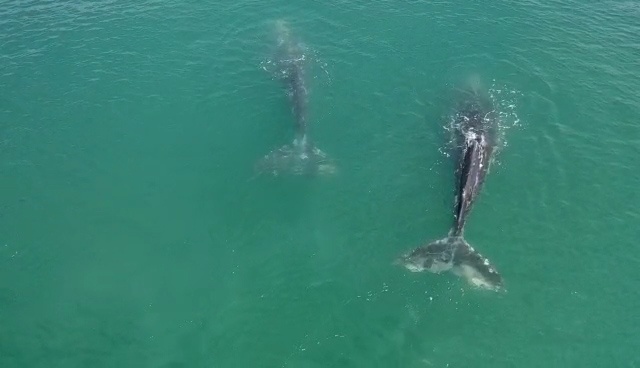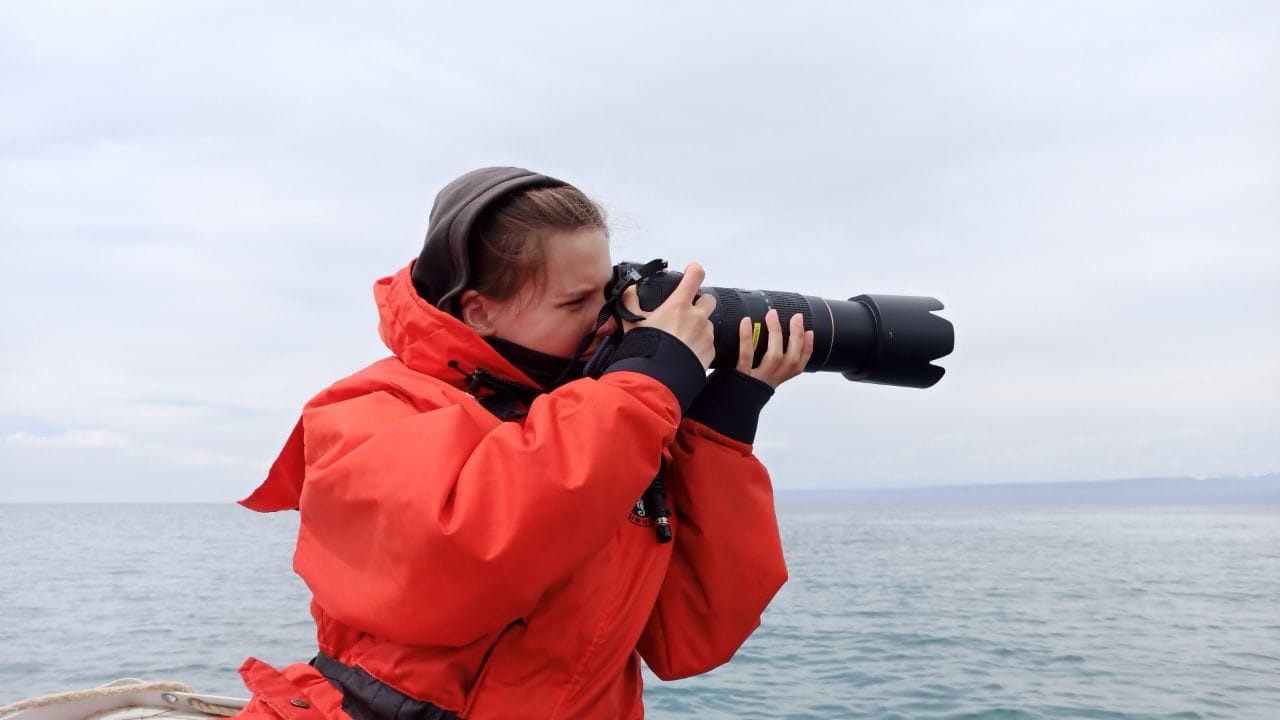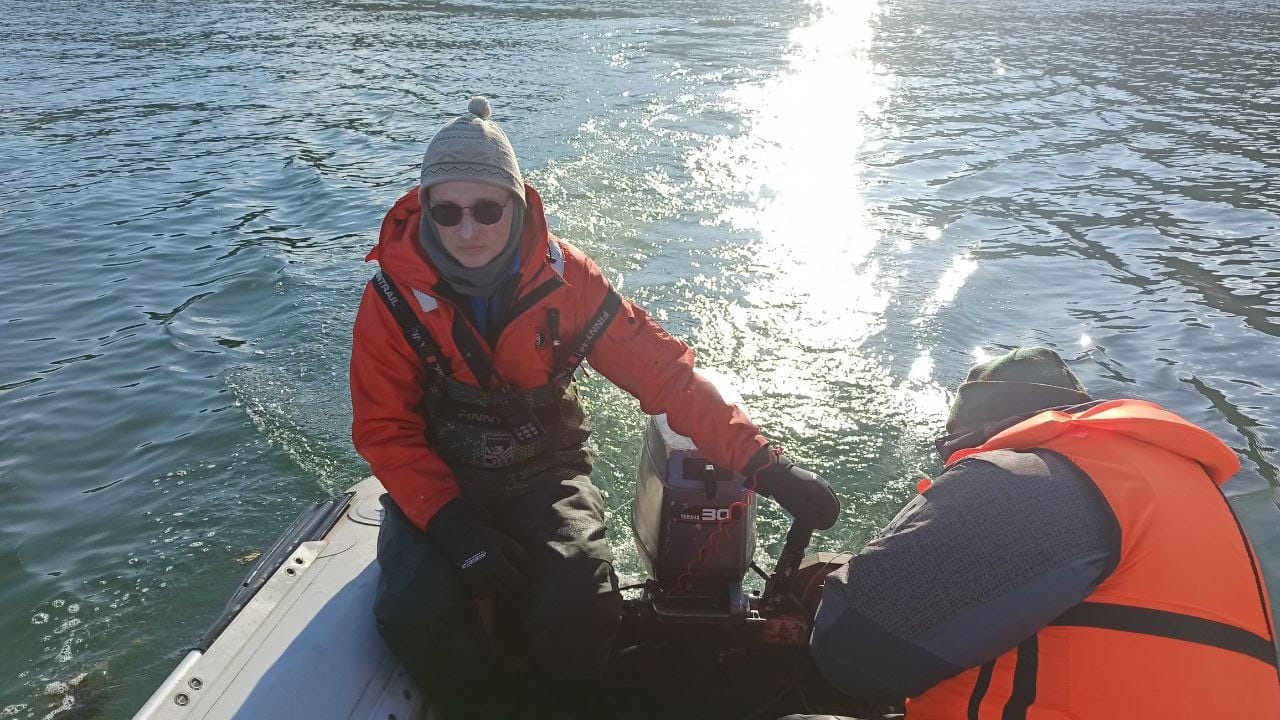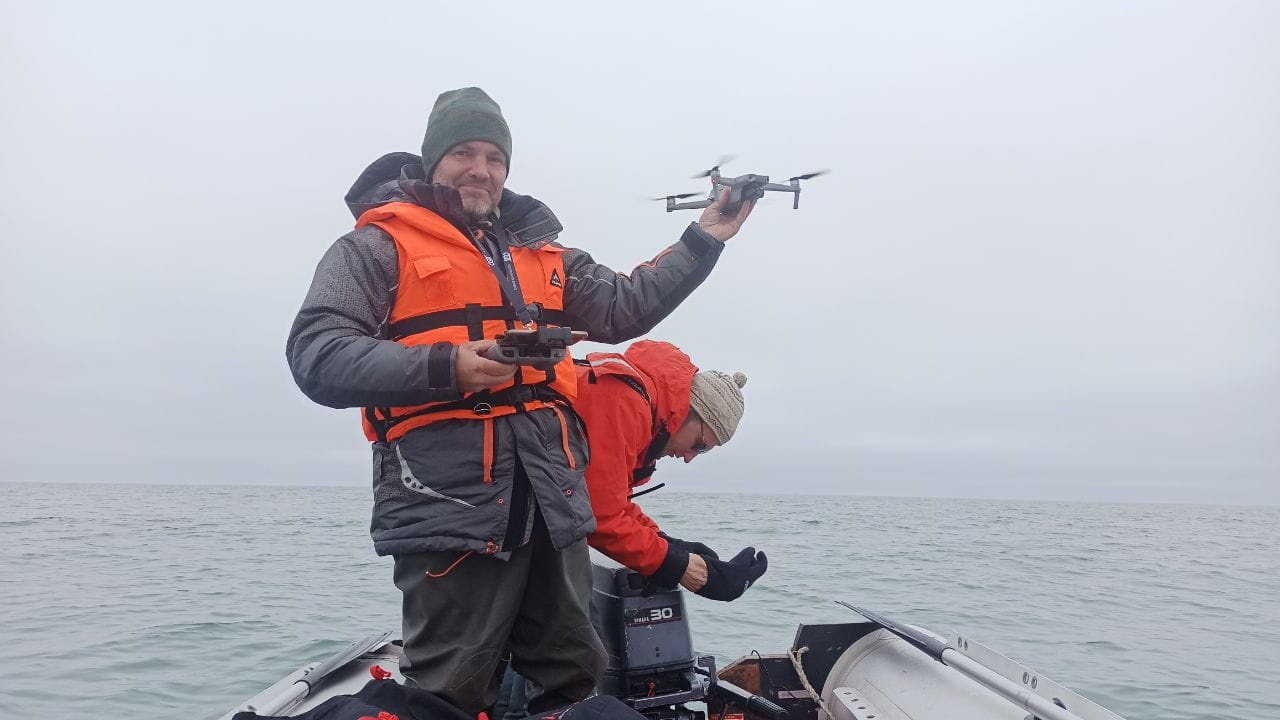
A three-week expedition of the A. N. Severtsov Institute of Ecology and Evolution of the Russian Academy of Sciences to study the Sea of Okhotsk gray whales in the protected waters of the Pacific Ocean has concluded. Further, scientific research in Olga Bay will be continued by employees of the Kronotsky Reserve.
During the expedition, scientists identified 62 gray whales, of which half of the animals were encountered off the coast of Sakhalin in previous years.
“We registered only 3 mother-calf pairs. This is quite a small amount, but not a problem, since the main feeding area for female gray whales with calves is still the Piltun area on Sakhalin. Kamchatka for them is only a part of the migratory route. As I said, at the very beginning of the feeding season, many individuals look noticeably emaciated. The observations, which will be continued by the staff of the reserve in July and August, will show how successfully the animals were able to fatten. Interestingly, active molting was observed in several individuals. Most likely, this is due to strong water freshening near the coast in places where the whales feed. Basically, they stayed at depths of 6-10 meters,” said Matvey Mamaev, expedition leader, leading engineer of the IEE RAS.

Recall that it was the shore of the Olga Bay, near which the red-listed marine giants feed annually during migration, that became the first facility where the accumulated environmental damage was eliminated under the federal program. Work was going on in 2015. 1,300 tons of solid waste and scrap metal were removed from the protected coast, including 5,000 barrels with fuel residues.

“Olga Bay is the most important place for the ecosystem of the reserve, for the conservation of biological diversity. Of particular danger to gray whales and other marine mammals were the remains of fuel and lubricants, which gradually seeped out of rusty barrels and eventually ended up in the ocean. The hidden threat was that both gray whales and sea otters mainly feed on benthos - bottom organisms that accumulate harmful substances in their tissues,” said Daria Panicheva, head of the scientific department of the Kronotsky State Reserve.

At present, scientists from the IEE RAS are processing the collected information in order to draw maps of the distribution of gray whales in the waters of the Kronotsky Nature Reserve, replenish the catalog of gray whales, etc.
Related materials:
Ministry of Natural Resources and Ecology: "The places where gray whales congregate in
the Olga Bay of Kamchatka will be put on maps"
Interfax: "Moscow scientists counted gray whales off the eastern coast of Kamchatka"
Justmedia: "Russian scientists assessed gray whales off the east coast of Kamchatka and
noted that they look emaciated"
DV-Ross: "A map of gray whales will be created in Kamchatka"
Kam24: "A map of gray whale concentrations will be created in Kamchatka"
Kamchatka today: "Gray whale congregations in Olga Bay off the coast of Kamchatka will be
mapped"
Arguments and facts: "In Kamchatka, scientists published a video with gray whales filmed
during the expedition"
Gazeta.ru: "62 red-listed gray whales found in Kamchatka Bay"
Teacher's newspaper: "In the Kamchatka bay Olga, Russian scientists found 62 gray whales
listed in the Red Book"
Scientific Russia: "Scientists of the Russian Academy of Sciences have discovered red-listed
gray whales in Kamchatka"
